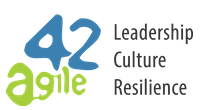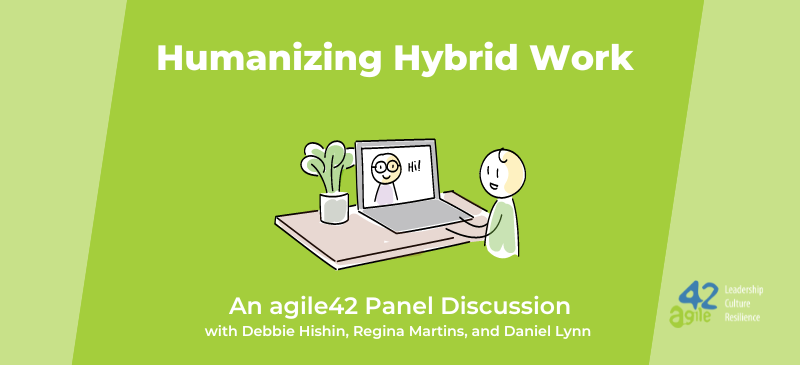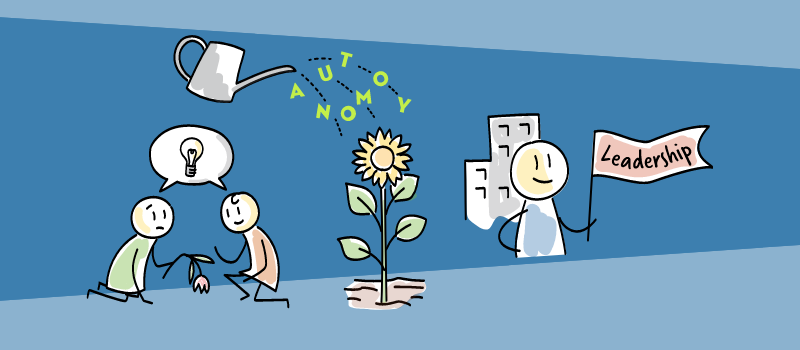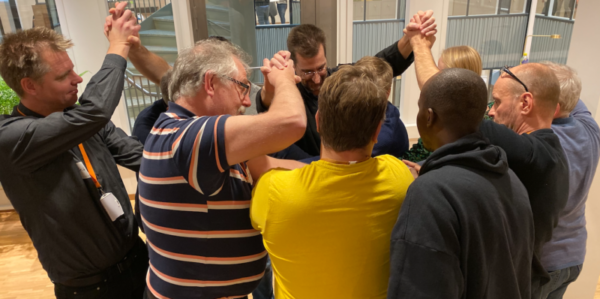Lean Agile Leadership
The phrase “Lean Agile Leadership” is something of a buzzword at the moment, although if you unpack the concept there are actually a lot of useful principles behind it.
What does “Lean” mean?
The term “Lean” was coined by James Womack, Daniel T. Jones and Daniel Roos in their book, The Machine That Changed the World: The Story of Lean Production, in 1990. They used the word to capture the essence of their in-depth study of the famous Toyota Production System (TPS). Back then, the term and its principles applied primarily to production.
Later, in 2003, Mary and Tom Poppendieck published the book Lean Software Development: An Agile Toolkit. In this book they identified seven fundamental principles to take the concept of lean thinking from production, and apply it to software and product development. I believe these principles can be applied to any creative work.
Recommended reading: A Complete Guide to Agile Leadership
The seven Lean Principles
Each of the seven principles the Poppendiecks proposed has implications on leadership.
Eliminate waste
Waste is defined as any activity which does not add value to the final customer. The first step towards eliminating waste is simply to see the waste. The leader should know how the value flows in the organization and continuously challenge the current practice to identify waste.

Photo by Jilbert Ebrahimi on Unsplash
But this is not enough: a lean leader helps the team remove any impediments that they are not able to resolve without support. They systemize solutions in the organizations to prevent the same impediment from coming back again. Finally, as in a famous quote from W.E. Deming, an American statistician who influenced a lot of the thinking behind the TPS, a lean leader realizes that “The greatest waste […] is failure to use the abilities of people […] to learn about their frustrations and about the contributions that they are eager to make”.
Build quality in
A lean leader works to build a culture of discipline and excellence, guides others using principles and values instead of complex rules. They teach people not to cut corners, challenge coworkers to high performance and lead by example. You might argue that this is just true leadership – and it is.
Amplify learning
Traditional managers face competition with other managers trying to meet locally optimized goals and look good to the next level up. But this wastes a lot of organizational learning, which could be leveraged by collaborating with peers instead. Building and maintaining a network of peers is essential, as well as continuously challenging one’s own leadership approach in the light of what works and what doesn’t. Amplifying learning also implies:
- concretely encouraging safe-to-fail experiments and fast feedback loops
- providing and being open to feedback
- striving for transparency as the unique way to control the complex system each organization is
Defer commitment
Keep your options open up to the last responsible moment and be capable of living with uncertainty, because that is the reality we are facing. Furthermore, early commitment could mean discarding potentially good options, just not to afford the cost of deferring a decision.
Deliver as fast as possible
The most effective way of addressing a complex problem is to let a diverse team of skilled people self-organize and decide how to approach the situation through experimentation. A team is able to self-organize around a goal if the leader helps define what the goal is, makes it compelling and clarifies what constraints the environment has. If you want to help your team or organization to deliver as fast as possible, set a clear vision, explain clearly where to go and why, align all stakeholders around that vision and get fast feedback. And finally give space to your teams to reflect on what they are doing to find ways to go even faster.
If you’re not a front line engineer, there’s only one reason for you to exist: help your team move faster – Jan Bosch

Photo by Spencer Davis on Pexels
Respect people
Who dares to disagree with this? Actually this apparently generic statement hides a deeper meaning. It stands for: give people the environment and support they need to do a great job and trust they will do their best to accomplish their goal. So it’s not simply about saying to a team “Now you’re empowered to do what you want”, but putting them into the conditions to succeed. It’s about staying close to the teams, Managing By Walking Around and Listening, motivating, and assisting on personal development. That might require teaching, mentoring and coaching.
Optimize the whole
Optimizing the whole means having an e2e view of the system, product or organization and consequently selecting the right metrics which can help the system improve. It is about measuring only what adds value (less is more) and whatever you want to measure, measure it one level up.
Three dimensions of Lean Agile Leadership
But what else can we learn from experiences of organizational transformation and Lean management in the manufacturing sector? In my coaching, I have learned three dimensions worth considering as a leader. For each of these dimensions I will offer one or two coaching questions to facilitate the reader’s personal reflections.
Recommended for you: Dive deeper into Lean Agile leadership in our online course on Agile Leadership Foundations

Photo by Kateryna Babaieva on Pexels
Visible problems do not exist: they have been solved already!
A few years ago I attended a seminar on Lean Management and Continuous Improvement organized by an association of entrepreneurs in the manufacturing industry. One more interesting insight I got from the CEO of a consulting company, connected to the Japanese government, in his speech about the Toyota Production System, was his classification of problems into three categories: potential, invisible and visible. It’s important that potential problems to the desired target are identified as well as invisible problems are made visible and improved immediately. Instead, he said, visible problems do not actually exist, because they have been solved already.
- How many clearly visible problems are you still stuck with in your organization?
Most efficient way becomes standard: standard must be improved every month!
In a panel I attended about Continuous Improvement, one of the participants described that, once a process has been improved in one department, then the most efficient way becomes a “standard”.
When hearing this word, I got disappointed wondering how the definition of a standard process could fit into a Continuous Improvement approach.
But then he added: the “standard” must be reviewed every month!
And more: the “standard” is visualized and each manager is accountable to improve the “standard” every month!
- How much are you still striving to find one-size-fits-all “best practices” to make you move quickly to the next rigid and comfortable status quo?
- What are your managers accountable for?
Measure organizational capacity of solving impediments to generate trust
Another enlightening reflection to me was from the italian director of a cans manufacturer with around 1500 employees.
You might wonder how cans may be relevant for high-tech industries, but let me continue.
Well, he was describing their transformation journey to Lean and talked about the importance of impediment handling in his organization to be trustable. They have a graph, clearly visible to everybody, with 2 curves: the accumulated number of raised impediments per month and the accumulated number of fixed impediments per month.
The 2 curves must always be parallel, because he said: “If the curve of fixed impediments goes flattish, all my employees will understand I do not believe in what we’re doing and I’m just cheating them”.
- How is your organization serious with fixing impediments from teams?
- How much do you think you are living the values you’re preaching?








